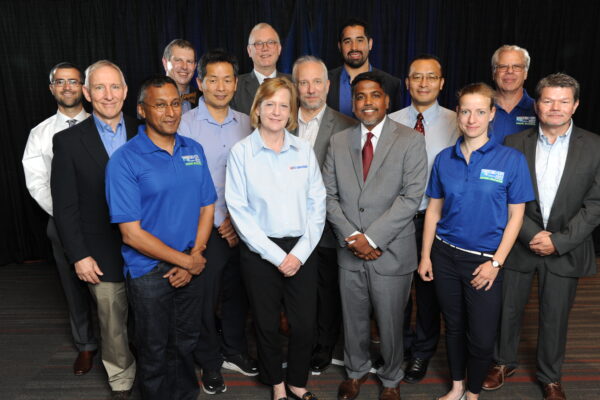
Distinguished Lecturer
Dr. Nicolas Mora
Distinguished Lecturer

Dr. Nicolas Mora
Term 2022-2023
Talk 1: Protection of Critical Infrastructures Against IEMI
The progress of high power electromagnetic (HPEM) sources during the late 1990s raised concern in the EMC community that they could be deployed for criminal purposes to interfere with the operation of modern electronic systems. It is well established that sufficiently intense electromagnetic fields can cause upset or damage in electronic systems and, therefore, can affect almost every critical infrastructure (CI) based on information and communication technologies (ICT).
Protection against Intentional Electromagnetic Interferences (IEMI) threats can be acknowledged as a reminiscence of the cold war period and the research programs on protection against HEMP. This talk reviews the assessment techniques of the vulnerability of CI against IEMI. To quantify their impact, the IEMI environments need to be characterized, the susceptible components and subsystems of the CI should be identified, and the expected disturbances have to be evaluated.
Talk 2: HPEM Threats and Immunity Test Methods
Understanding the current technical capabilities in developing HPEM sources is important to design adequate hardening strategies for critical equipment. This talk presents a general overview of publicly reported HPEM interference sources’ capabilities and the global considerations for their detection, identification, and localization. In addition, an assessment of the maximum expected outputs of HPEM sources is made by looking at the physical limitations that constrain the development of current technologies. The main HPEM immunity test methods are explained, emphasizing protection according to the IEC and MIL standards.
Talk 3: Early-Time HEMP Conducted Environment
The design of protection schemes for military and civilian infrastructure against High-Altitude Electromagnetic Pulses (HEMP) requires testing the efficiency of the installed protection devices. The test must reproduce the high current levels induced on overhead lines when exposed to the expected impinging fields. Extensive work was performed several decades ago in the US and the IEC SC 77C to calculate the electromagnetic environment produced by HEMP. Several standards have been issued to define the testing parameters of the protection devices. In this talk, we investigate the accuracy of past results by revisiting the calculations using advanced techniques. Understanding the work methodology and predicting the HEMP conducted environment is paramount to properly planning electromagnetic protections.





















